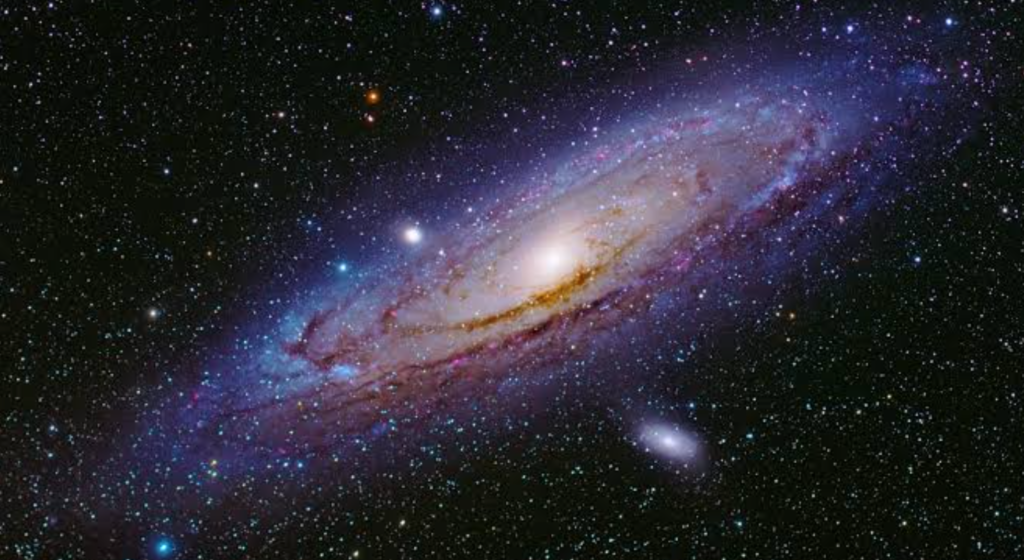
According to a recent study, approximately one-third of the planets in the Milky Way Galaxy possess water and thus have conditions conducive to supporting life. A recent study, utilizing data from the Kepler Mission’s telescopes, suggests that there exists a significant number of smaller, cooler planets with approximately half the mass of the Sun orbiting dwarfs, also known as Red dwarfs. The study indicates that out of these planets, around two-thirds are likely to be negatively impacted by extreme tidal forces, rendering them inhospitable for life. However, approximately one-third of the planets in the Milky Way Galaxy, which fall within the habitable zone known as the Goldilocks zone, could potentially support life.
“I think this result is really important for the next decade of exoplanet research because eyes are shifting toward this population of stars. These stars are excellent targets to look for small planets in an orbit where it’s conceivable that water might be liquid and therefore the planet might be habitable,” said Sheila Sagear, lead author of the study, in a press statement. Sagear is a doctoral student at the University of Florida.
The study’s lead author, Sheila Sagear, a doctoral student at the University of Florida, emphasized the significance of these findings for future exoplanet research. She highlighted that M dwarfs are particularly promising targets for identifying small planets in potentially habitable orbits, where the presence of liquid water is feasible. The study attributes the possibility of habitability to tidal heating, a phenomenon that occurs due to the elongated and oval orbits of planets orbiting M dwarfs. If these planets are too close to the star, they experience intense tidal forces, resulting in them being “roasted” and losing their water content, making them unsuitable for life.
Tidal Heating: A result of gravitational interaction and its impact on exoplanet habitability
Tidal heating is caused by the gravitational interaction between the M dwarf star and the planets with oval-shaped orbits. The elongation and squeezing of these planets due to the star’s gravity generate friction heat. As a consequence, the planets undergo significant temperature increases, leading to the loss of water and extinguishing the possibility of life on their surfaces. The study emphasizes that in order for an exoplanet orbiting an M dwarf to be warm enough for life, it must reside close to its star. However, this proximity puts the planet at risk of tidal heating if its orbit deviates from a perfect circle.
The significance of these findings lies specifically with small stars such as M dwarfs, as their habitable zones are close enough for tidal forces to have a substantial impact. Sarah Ballard, a scientist mentioned in the study, highlighted the need for exoplanets around M dwarfs to be situated in close proximity to their stars to attain the necessary warmth for supporting life. However, this requirement also exposes them to the risks associated with tidal heating if their orbits are not perfectly circular.
The study’s results were published on May 30 in the peer-reviewed journal Proceedings of the National Academy of Sciences.
